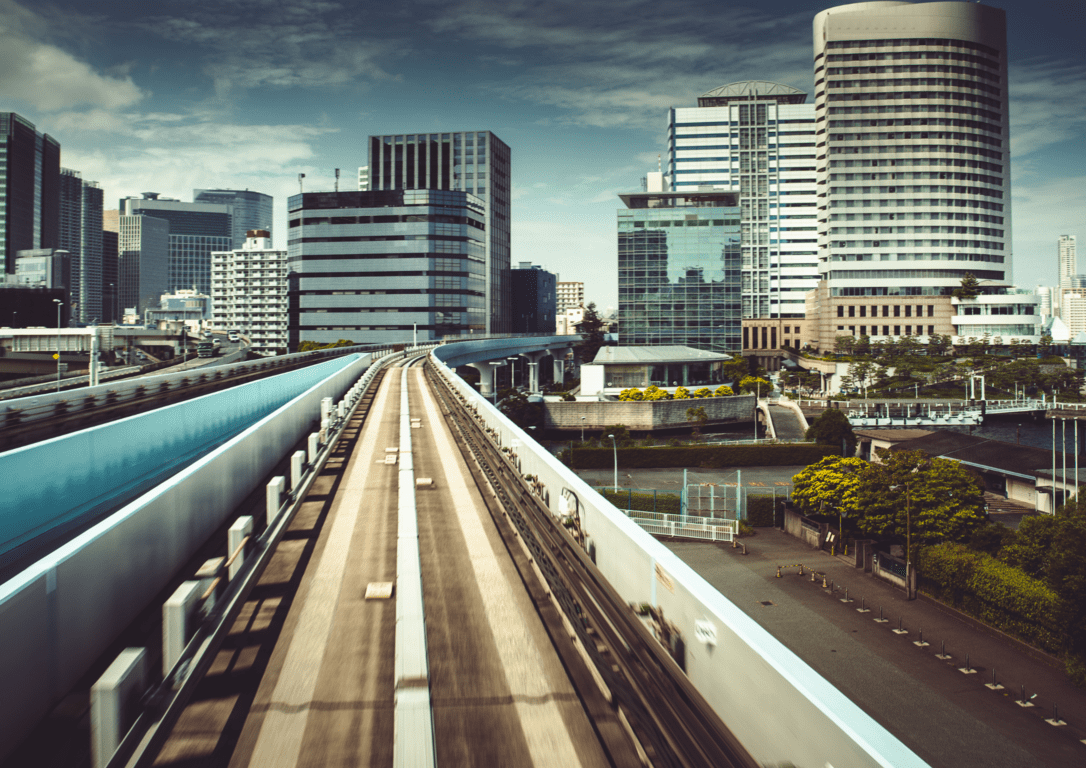Developing Ayodhya as a World Class city
Developing Ayodhya as a World Class City
5th August 2020 would be recorded in
history as a day never to be forgotten! A day coming once in a millennium. The sacred monument dedicated to Shri Rama in
his birthplace is touted to be the world's third-largest Hindu temple complex.
The grand temple is expected to be about 270-280 feet wide, 280-300 feet long
and 128 feet high. 30,000 crore rupees are expected to be generated as annual
revenue from the temple complex and the surrounding infrastructure
development. As the dreams of crores of Indians is being fulfilled with the
Bhumi-pujan, we as planners should think beyond it and propose to develop Ram
Janmbhoomi Ayodhya as a world class pilgrimage centre, having the potential to
turn the fortunes of Awadh region of Uttar Pradesh.
This article is divided in two parts: approved
and ongoing development projects in and around Ayodhya & the second part
deals with how I as a planner imagine Ayodhya to serve as centre of spiritual
learning for the world.
Uttar Pradesh government has kickstarted the
process to develop Ayodhya as a Smart City and allotted towards it the first
tranche of Rs. 50 crores. It has also set a target of completing these projects
by 2031 but it seems that these projects would get completed well before the
timeline. Some projects which are under development are:
1. 1. Shri Ram International Airport
Plan to modernize the existing airstrip and build a new passenger terminal with all international facilities has started in Ayodhya and Rs. 200 crores have been sanctioned for the same in the first phase. This would give major connectivity to Ayodhya and attract international tourists apart from connecting important places in the Ramayana Circuit. Janakapuri, birthplace of Maa Sita, could also be connected by this Airport. Construction has started in full swing and first flight is expected to take off soon from here.
1. 2. Railway Station Redevelopment
Ayodhya Railway Station is been redeveloped along the lines of the Ram temple and is expected to be complete by October 2020. This project costing Rs. 80 crores will change the façade of the structure, focus on providing world – class amenities and customer satisfaction. Near to it rest rooms having a capacity for 3000 devotees would be constructed to provide low cost accommodation facility.
1. 3. Road Development
· A 4 lane Ayodhya Bypass, 5 km long flyover
connecting town of Faridabad to Ayodhya, 4 lane Ram Janki Marg (Highway)
connecting Ayodhya to Janakapuri and widening, improvement and construction of
internal roads of Ayodhya have started.
· Rs. 40 crores have been proposed for
construction and Rs. 15 crores for beautification of the 16km long Ayodhya
Bypass. 30% of civil work has been completed by NHAI and the rest is expected
to be complete by 2021. The road is to be beautified with fountains, idols of
Ramayana, trees, shrubs and paintings and expected to cost around Rs. 15
crores.
· Notification for 500 km long 4 lane Ram Janaki Marg connecting Ayodhya to Janakpur via Sitamarhi has been issued and the work is expected to start soon. After completion, this distance would be travelled in 3 hours from the current 10 hours. Internal roads of Ayodhya are proposed to be widened to cater to increase number of tourists after the completion of the temple. These roads are to be developed according to the standard guidelines and would be beautified.
1. 4. 251-metre-high statue of Shri Ram
· A 251 mtr tall statue of Shri Ram on the banks
of River Sharayu is proposed to be developed. Though the land for the proposed
complex including Library, Museum and food court is till not finalised, the
project may come up in Mirpur, Manja Barhata or along the Guptar ghat. The
project is expected to cost Rs. 2500 crores and 28.28 hectares of land is
required. In March 2019, Rs. 200 crores were sanctioned for the preparation of
Detail Project Report.
· A digital museum and an interpretation centre is planned to be housed underneath the giant Ram statue.
5. Eye Theme Park – Shabari Ashram and Ashok Vatica
A 100-acre Eye theme park is under construction
in Ayodhya. This park is to be divided in two parts, one housing the Shabari
Ashram and other the Ashok Vatica. These two places are separated by a huge
lake and will be connected through an iconic Ram-Setu.
Trees of berries (Ber) would be planted at Shabari Ashram.
A huge pond having the Ram-setu will be used to connect with Ashok Vatica.
The theme park is expected to open for public
in early 2021 and will be the biggest theme park in India.
This would be complemented by International Ram Katha Museum featuring depictions from Lord Rama’s life. This is expected to open in 2020.
1. 6. Ram Katha Park and Bhajan Sandhya Sthal
When one gets out of Ayodhya Railway Station he
will be able to see Ram ki Pauri, Ram Katha Park and the Bhajan Sandhya Sthal.
The existing Ram Katha park is to be expanded and the Bhajan Sandhya Sthal is almost ready waiting to be inaugurated.
A Ram Lila academy is also being conceptualised along with online streaming of Ram Lila held in Ayodhya.
7. Riverfront Development & River Cruise
· Guptar ghat and Ram ghat are proposed to be
renovated and made grand with the provision of direct connectivity to the
temple complex.
These were few important projects which are in
the preparation or implementation stage and have a great potential to transform
the economics and liveability of this area.
But, to make Ayodhya a world class pilgrimage tourist centre much more needs to be done. Some of them are:
1. 1. Mobility & Accessibility
· Internal transport in Ayodhya should be allowed
only using battery operated or electric vehicles. Sufficient infrastructure needed
should be kept in place well before completion of the temple complex. Multi-level
car parks, truck terminals should be built at the periphery of the Ayodhya town
so that only electric vehicles are allowed inside the town.
· Electric buses and rickshaws should be
functioning for all internal transport.
· Cycle sharing system should be developed and
cycle stands built at all strategic locations of the city.
2. 2. Urban Infrastructure
· Precast multi-utility ducts for electric lines,
water supply pipelines and drainage connected to STP should be built for all
new and existing roads.
· Solar high masts and street lights should be
erected all over the town.
· Cycle tracks and footpaths along all major
roads should be constructed so that devotees travel the city and enjoy its
beauty.
· Housing should be provided for all with same
structure and architectural style as that of the Temple (Nagari Style)
· Hawker zones be demarcated and shopping
complexes be built for promotion of local artisans and as value addition to
their art.
3. 3. Urban Design
· Using Heritage Conservation Laws, it should be
mandated for all buildings coming up in and near Ayodhya to follow Nagari style
of Architecture so that unity and coherence in design can be maintained for the
whole city.
· Thematic streets based on stories and folklore
of Ramayana be developed using the facades of houses on streets available.
Roads having spiritual significance can be developed as special routes and only
allow pedestrians through it.
· Walls can be painted to depict the folklore.
· The 14 Kosi and 84 Kosi Parikrama marg should
also be developed keeping in mind its historical and spiritual significance.
Restrooms, eateries, “Ren-basera” should be licensed on the parikrama route so
that equitable number of amenities are available to the devotees.
· Grand plazas and promenades should be built on
route from various ghats to the temple explaining the virtues and morals
mentioned in Ramayana.
· Ram Ghat, Laxman Ghat, Sita Ghat etc. should be
redesigned as places of assembly and theatre according to the virtues practiced
by the great people after whom those are named.
Apart from all these large amount of private
investment is expected in Ayodhya in the form of resorts, 5-star hotels,
amusement parks and in travel and hospitality sector.
Ayodhya is expected to provide annual revenue
to the tune of Rs. 30,000 crores and give a major boost to tourism in Uttar
Pradesh and indirectly to India via the Ramayan Circuit.
Related Articles
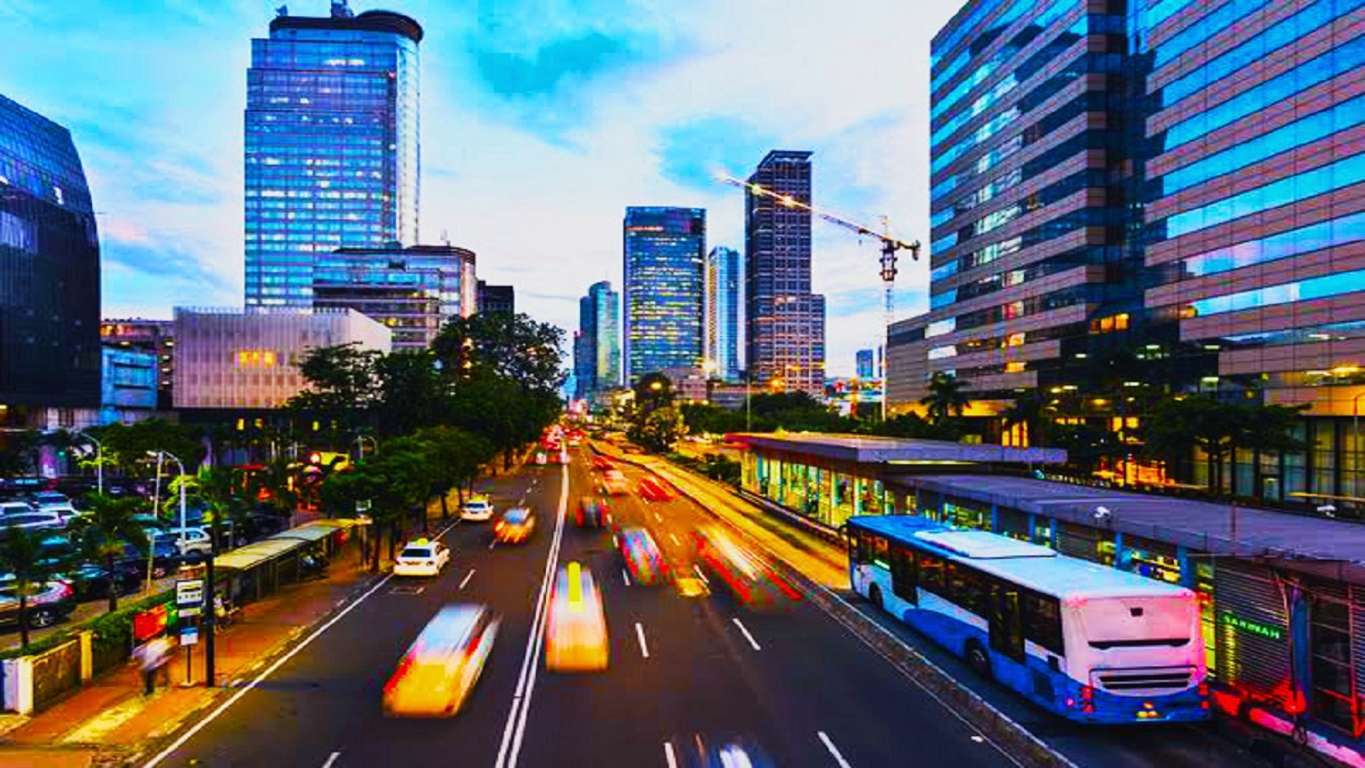
Smart Roads: An Integrated Technology for Future Innovative India
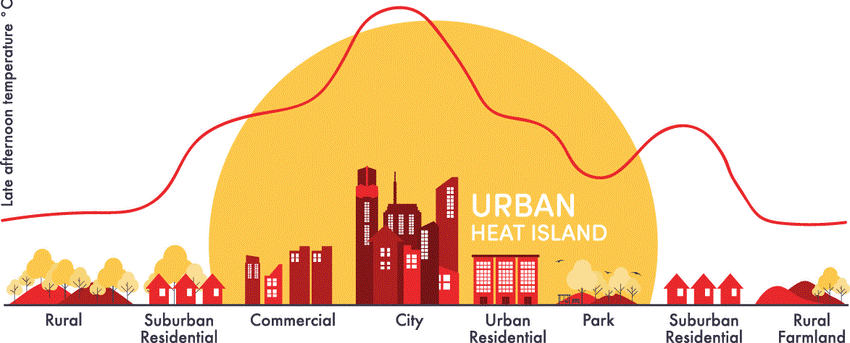
URBAN HEAT ISLANDS
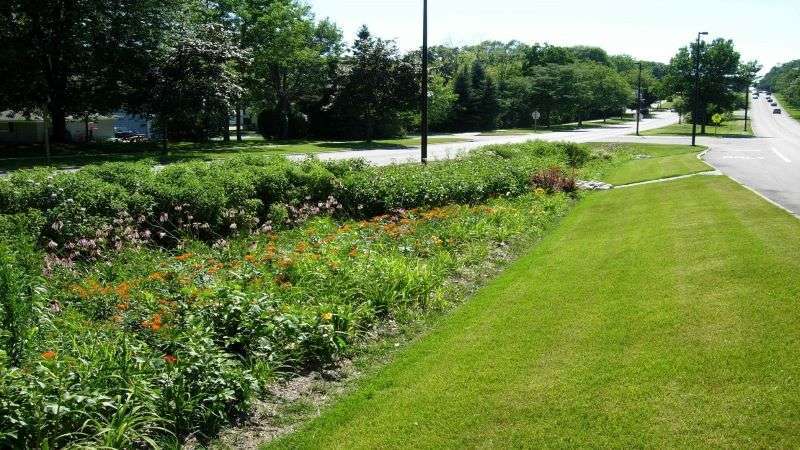
Integrating nature based solutions: Green, Blue and Grey Infrastructure
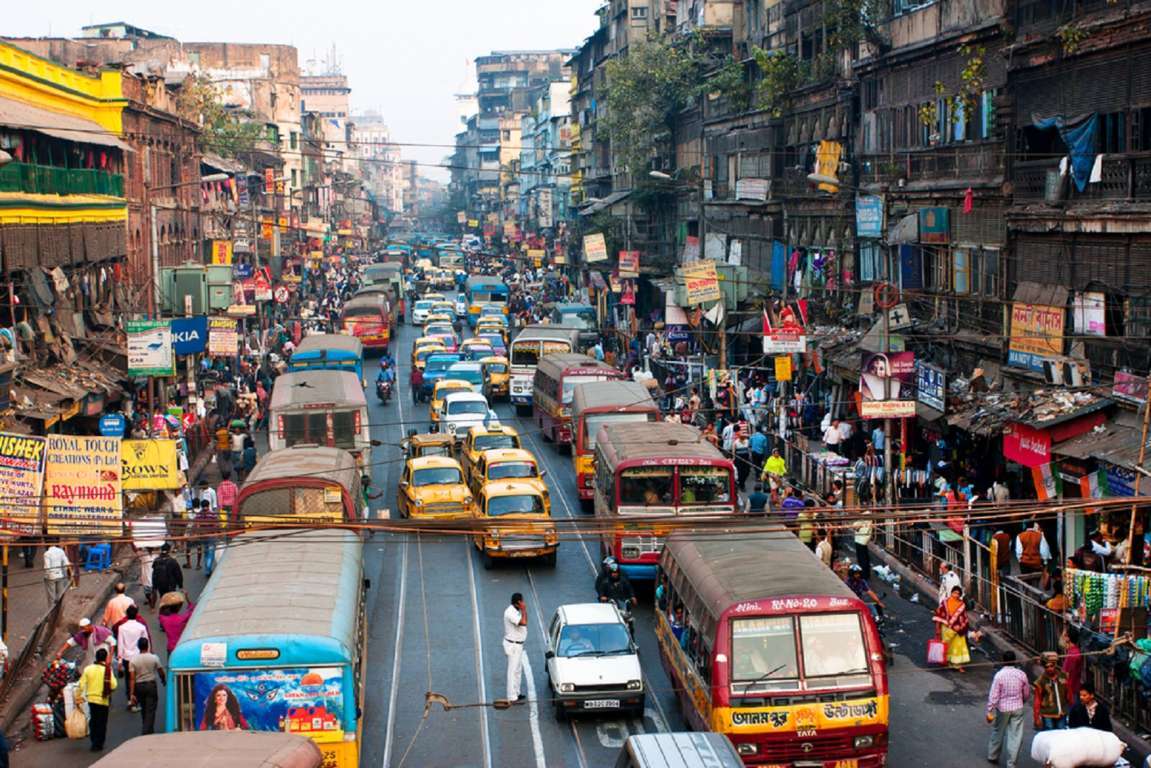
Is it possible to think about the right to mobility in Indian cities?
